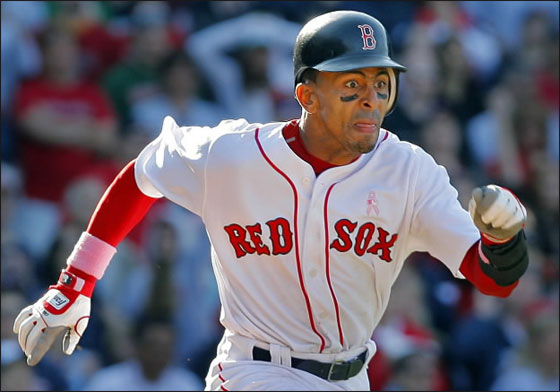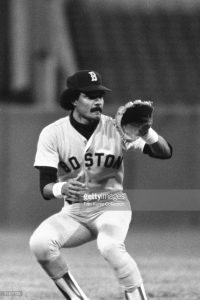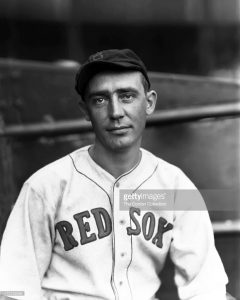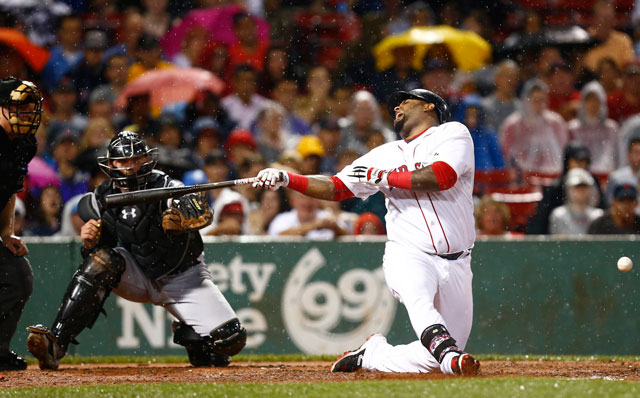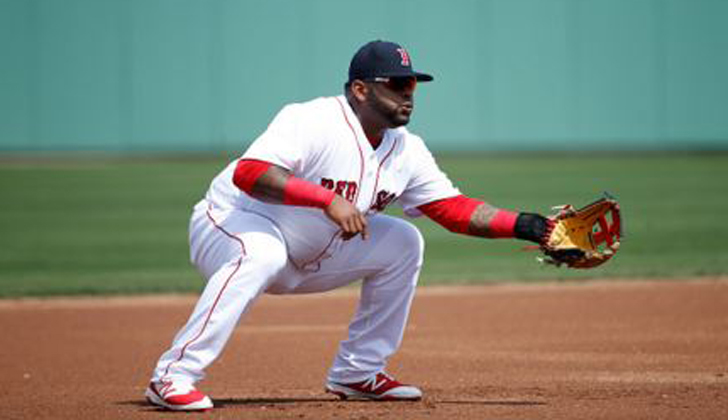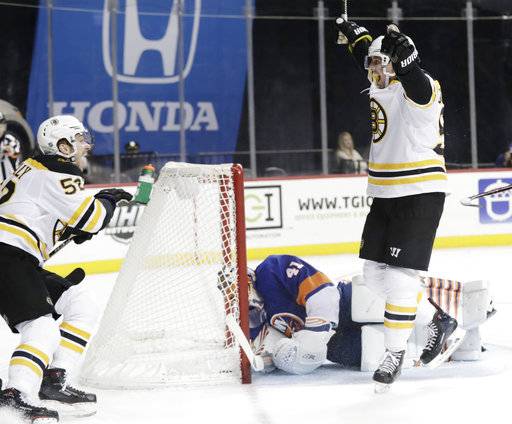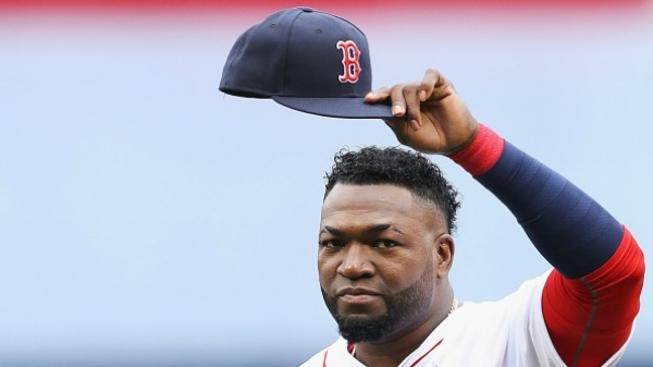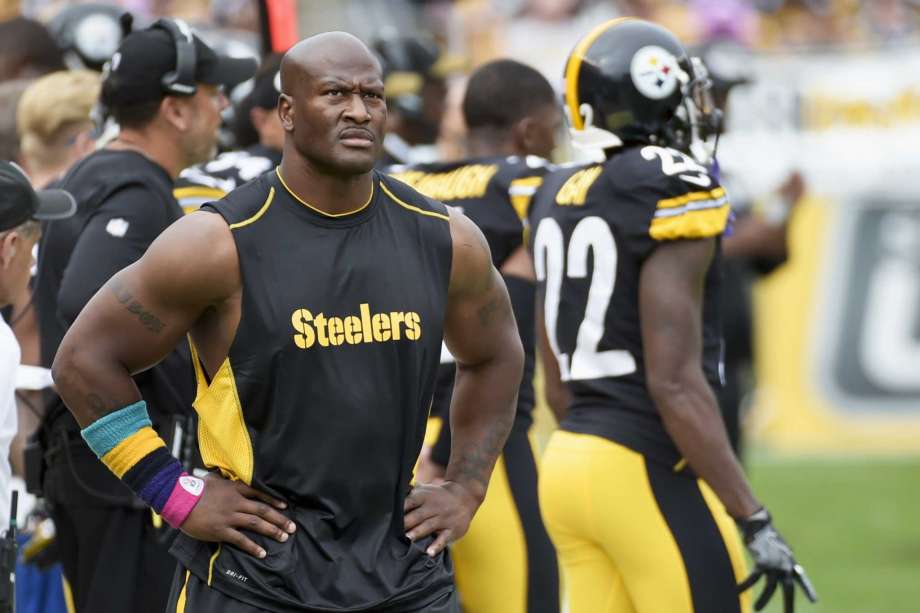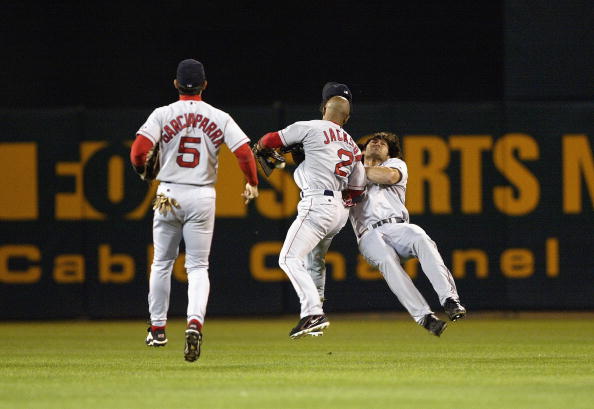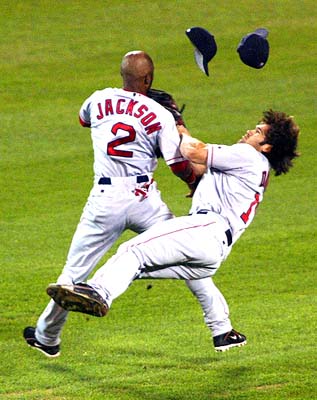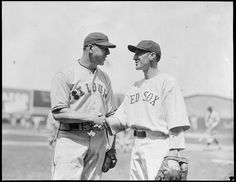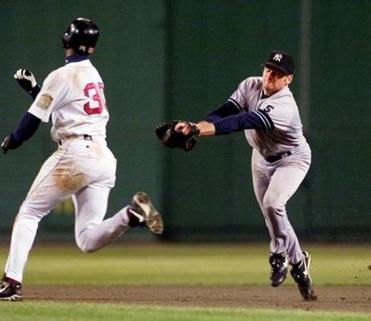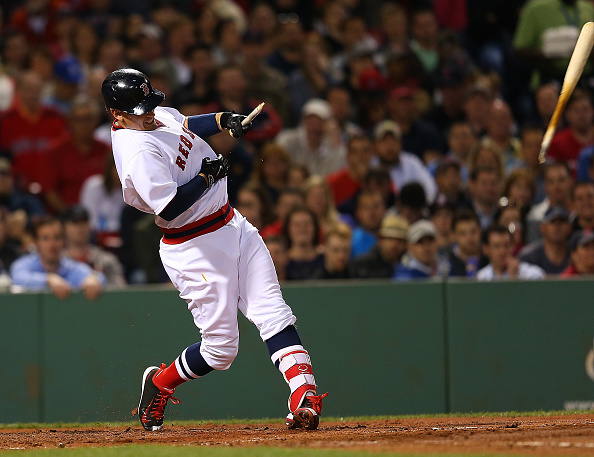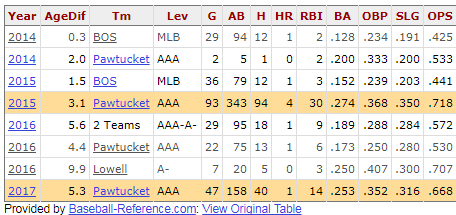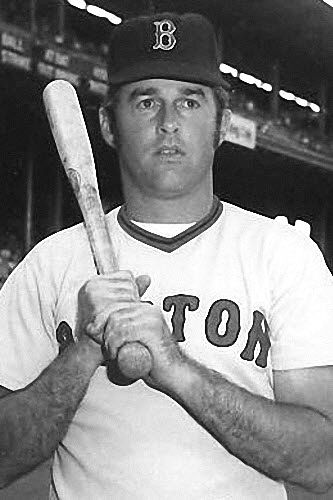The history of Red Sox left fielders has been a long and storied one. The team’s five greatest left fielders practically all played in succession, with Williams, Yaz, Rice, Greenwell and Manny, spanning nearly the entire length of seven decades. That might be the most remarkable run of players at one position, in the history of the game. With all those years taken up by good players, it doesn’t leave much for poor play.
Carl Crawford
Let’s start with the easy one. Crawford was one of the biggest free agent busts the game has ever seen. Over the eight years prior to joining the Red Sox, Crawford had batted .299, and averaged 50 stolen bases per season, for the division rival Devil Rays. Crawford made four all-star teams in that span, and was coming off a season in which he won the Gold Glove Award. The Red Sox rewarded Crawford with a seven-year deal, worth 142 million dollars.
The Red Sox entered 2011 as huge favorites, having added Crawford and Adrian Gonzalez. However, Crawford was not the weapon he was expected to be near the top of the lineup. He rewarded the Red Sox faith in him with the worst season of his career, up to that point. Crawford would bat .255 that season, a meager 23 walks, and finished with an ugly .289 on-base percentage. He stole just 18 bases in 24 tries, the fewest steals during a full season for his career. In the outfield, he managed just 1 assist. Playing in front of the Monster usually aids in a left fielder’s assists, as they can play shallow and get the ball back in to the infield quickly following ricochets off the wall.
In 2012, Crawford missed a good chunk of the season. He fared better, batting .282 over 117 at-bats, but still wasn’t the weapon he was supposed to be. Crawford was also miserable in Boston, later admitting to hating the city. Luckily, the Red Sox were able to get out from the remainder of his contract, and they shipped him to Los Angeles in August of that season.
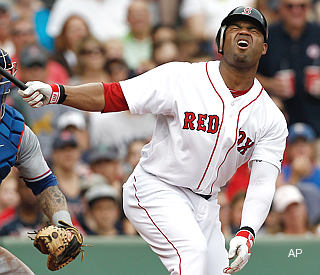
Carl Crawford reacts to striking out during the second inning at Fenway Park Sept. 4, 2011. (AP Photo/Winslow Townson)
Hanley Ramirez
This is a selection for the one season in which Hanley played left field. The Red Sox’ misguided attempt to put Hanley Ramirez in left field, so they could disastrously sign Pablo Sandoval, was an embarrassment before it started. Hanley made four errors in 92 games, and it seemed so much worse. Whenever a ball was hit to left, it seemed to be an adventure for Ramirez. In less than 100 games, he managed to put up a -2.5 dWAR.
Ramirez was also a disappointment at the plate in that season. Some of it could possibly be attributed to trying to learn a new position, but he only batted .249. He hit 19 home runs, and only doubled 12 times. Hanley’s .717 OPS was lower than many others on the team, including over 100 points lower than outfield fill-in, Alejandro De Aza. Hanley bounced back in a big way the following season, after moving to first base, but his time in left field was a mess.
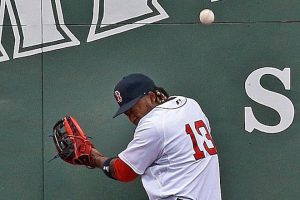
Davis/Globe Staff
Heinie Manush
This final spot gets even harder, as the Red Sox just haven’t had many bad left fielders. Manush was actually a Hall of Fame player, but for what he did prior to his time in Boston. Manush batted .330 for his career, and averaged 205 base hits, per 162 games played. He won a batting title in Detroit, and led the league in hits for both the St. Louis Browns, and the Washington Senators. From when he broke in during the 1923 season, up through 1934, he hit .337 with an .878 OPS.
Manush came to the Red Sox in 1936, coming off a down season. He was 34 years old, and would turn 35 during the season. However, as recently as 1934 Manush had batted .349, with a .915 OPS. That season he had 64 extra base hits, leading to a slugging percentage of .523. The Red Sox traded for him from the Senators hoping for a bounce back season. It turned out he was just in the decline stage of his career. His defense wasn’t great, he committed more errors than he had assists. At the plate, he did bat .291, but failed to homer, and only totaled 20 extra base hits for the year. His .700 OPS that season, was the lowest of his career.
Typically, this one season from Manush that wasn’t good, but wasn’t terrible, wouldn’t land him on one of these lists. Since the Red Sox have had such great left fielders over a long period of time though, the pickings are slim.
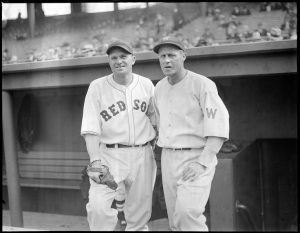
Leslie Jones/ Boston Public Library
Dishonorable Mentions:
Billy Hatcher (His one season in left field was poor; played better in center)
Ivan Calderon
Featured picture courtesy of 12up.com
http://www.12up.com/posts/4317717-7-biggest-free-agent-busts-in-mlb-history


